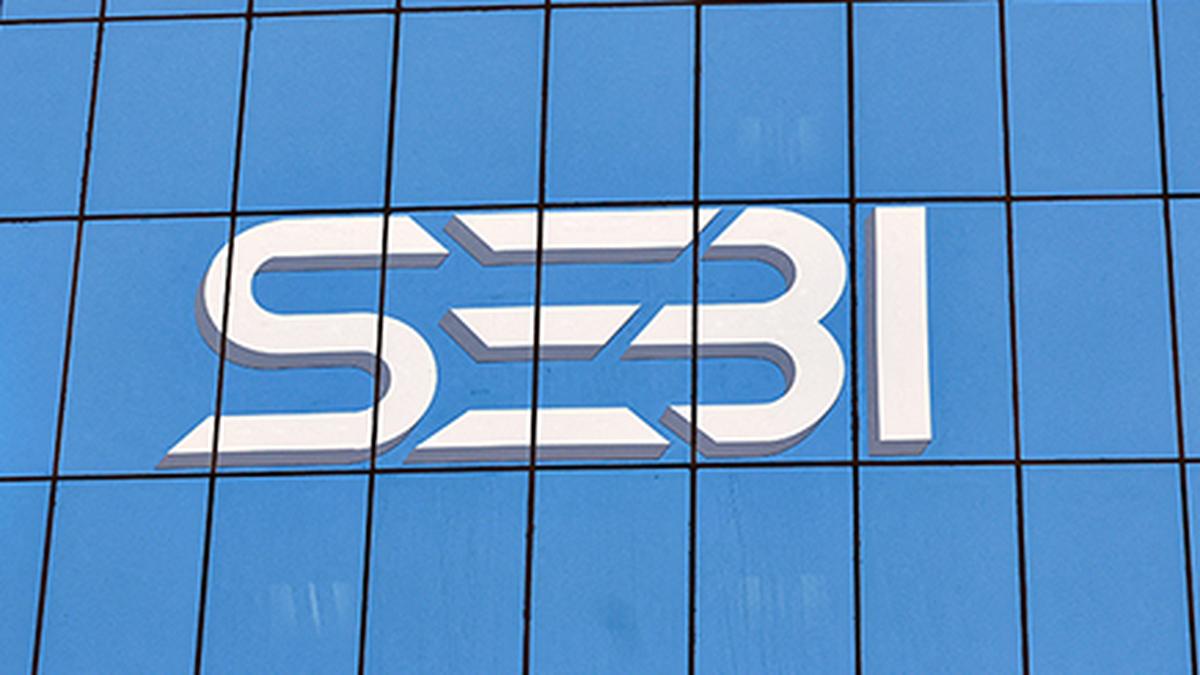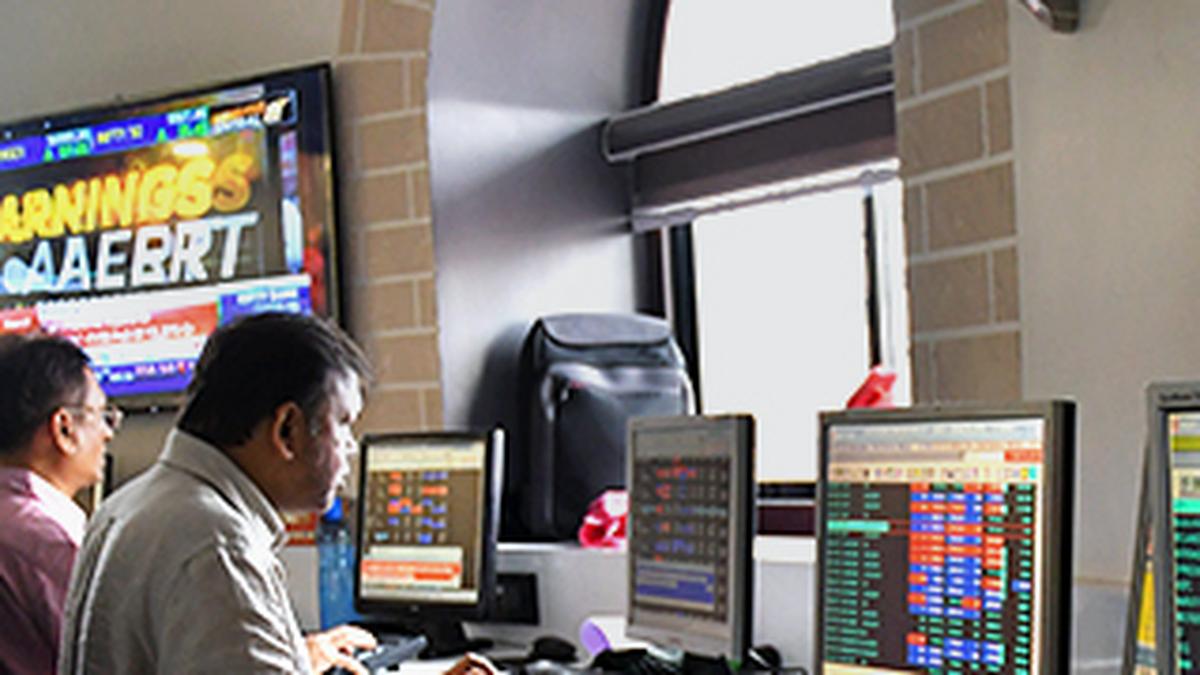HomeMarket NewsWrite back of earlier provisions lightens SBI’s wage bill in September quarter
The lower wage bill and increased other income aided SBI to report a 28% rise in net profit, which stood at ₹18,331 crore.
 By Yoosef K November 8, 2024, 10:00:36 PM IST (Published)
By Yoosef K November 8, 2024, 10:00:36 PM IST (Published)

State Bank of India—the country’s largest lender—witnessed its wage bill for the September quarter decline by 22% to ₹14,807 crore. That was the lowest employee cost for the bank in absolute terms over the last eight quarters. Further, the double-digit drop in employee cost is also the biggest since June 2008. As of September end, the bank had a headcount of 2.34 lakhs.
To be sure, the lender had set aside special provisions towards various employee related expenses in FY24, which totaled at ₹14,200 crore. As a result, the total payments to and provisions for employees surged 37% during the year to ₹78,337 crore. However, the first two quarters of the current financial year saw the bank providing lower provisions compared to the previous year. The staff cost of the bank for H1FY25 stood at ₹30,273 crore.
According to the bank, the lower wage bill is due to evening out of previous wage revisions. We have a regular run rate of making the provision for pension and sometimes the uptick happens on the back of favorable yield movements, said Challa Sreenivasulu Setty, Chairman of SBI, post Q2 earnings. “We have written back some of the provisions. So that is the reason you see the provision for employees coming down,” added Setty.
The lower wage bill and increased other income aided SBI to report a 28% rise in net profit, which stood at ₹18,331 crore. However, the bank now expects its deposit growth to be around 10% to 11% in FY25, down from a previous estimate of 12% to 13%. Further, higher provisions for bad loans and contraction in net interest margin saw the bank’s stock giving up some of its gains.
Shares of SBI slumped nearly 3% in Friday’s trade before closing at ₹843.15 on the NSE, down 1.9% from the previous close. The stock has rallied as much as 31% so far this year and headed for the fourth consecutive year of gains.
(Edited by : Ajay Vaishnav)

 1 month ago
1 month ago















